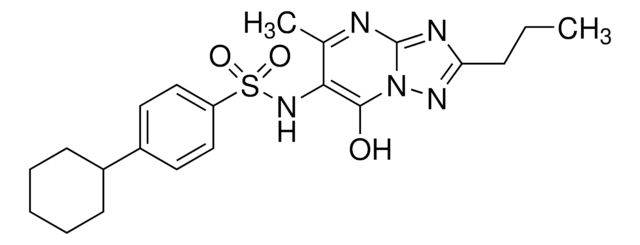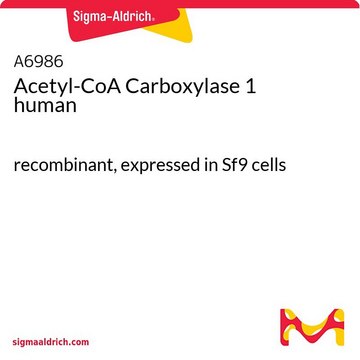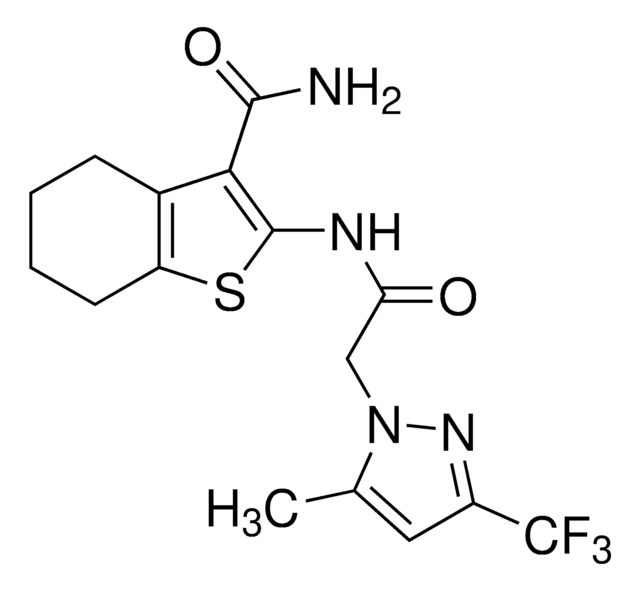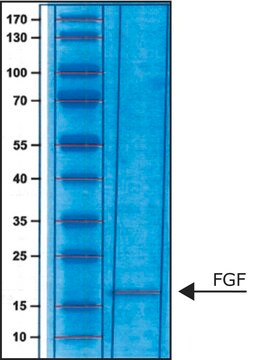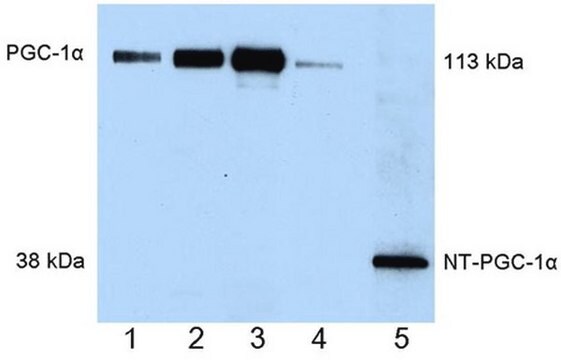SRP2097
HIF-1 α, C-terminal activation domain (776-826 human
recombinant, expressed in E. coli, ≥85% (SDS-PAGE)
Sinônimo(s):
HIF-1alpha, HIF1, HIF1-alpha, MOP1, PASD8, bHLHe78
About This Item
Produtos recomendados
fonte biológica
human
recombinante
expressed in E. coli
Ensaio
≥85% (SDS-PAGE)
Formulário
frozen liquid
peso molecular
~6.7 kDa
embalagem
pkg of 10 μg
condição de armazenamento
avoid repeated freeze/thaw cycles
concentração
700 μg/mL
cor
colorless to clear
nº de adesão NCBI
nº de adesão UniProt
Condições de expedição
dry ice
temperatura de armazenamento
−70°C
Informações sobre genes
human ... HIF1A(3091)
Descrição geral
Ações bioquímicas/fisiológicas
forma física
Nota de preparo
Código de classe de armazenamento
10 - Combustible liquids
Classe de risco de água (WGK)
WGK 1
Ponto de fulgor (°F)
Not applicable
Ponto de fulgor (°C)
Not applicable
Escolha uma das versões mais recentes:
Certificados de análise (COA)
Não está vendo a versão correta?
Se precisar de uma versão específica, você pode procurar um certificado específico pelo número do lote ou da remessa.
Já possui este produto?
Encontre a documentação dos produtos que você adquiriu recentemente na biblioteca de documentos.
Artigos
We present an article about how proliferating cells require the biosynthesis of structural components for biomass production and for genomic replication.
Nossa equipe de cientistas tem experiência em todas as áreas de pesquisa, incluindo Life Sciences, ciência de materiais, síntese química, cromatografia, química analítica e muitas outras.
Entre em contato com a assistência técnica